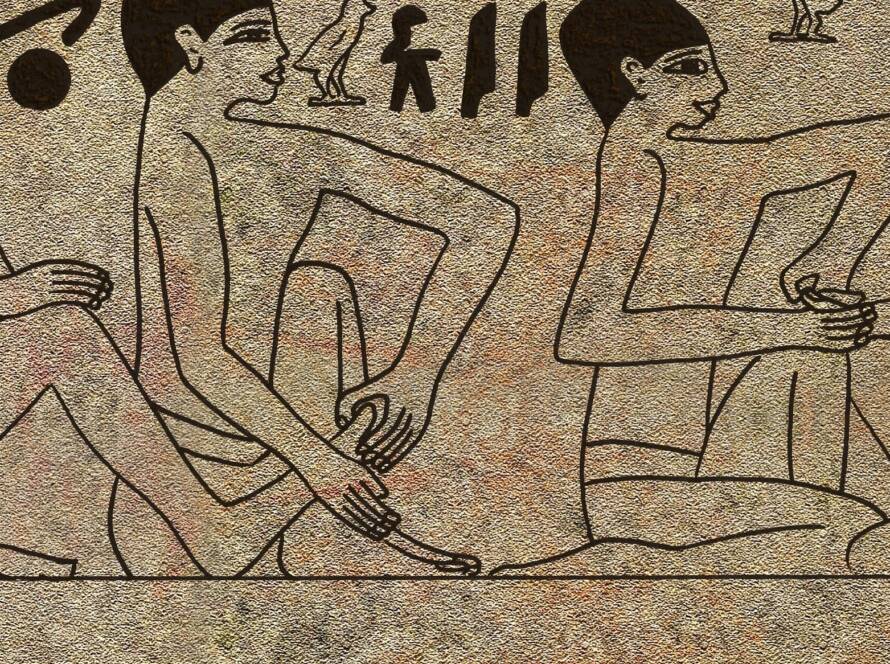Peak performance in any game calls for more than just ability and aptitude. It calls for both appropriate healing and mental resilience in addition to physical ability. Although sportsmen commit hours to exercise and training, the importance of rehabilitation and injury prevention is sometimes underlined. One of the most effective tools in an athlete’s toolkit, sports massage helps speed recovery, reduce injuries, and enhance performance.
Sports massage can help you reach optimum performance by enhancing physical function, lowering recuperation time, and sharpening mental focus—all of which will be discussed in this article.
What Is Sports Massage?
Designed for sportsmen and active people, sports massage is a specialist type of massage therapy. It emphasises the muscles and tissues engaged during physical exercise. The methods applied in sports massage are intended to:
- Release strain in muscles.
- Boost adaptation.
- Boost blood flow by:
- Help with injury healing.
Although many people believe sports massage is only for elite athletes, everyone who regularly works out—from weekend runners to gym-goers and team sports players—will find it helpful. Depending on the degree of activity and particular regions of discomfort, sports massage can be tailored to fit every person.
Key Benefits of Sports Massage
Sports massage provides a broad spectrum of advantages that enable players to reach their greatest potential. These are some main ways sports massage could support optimal performance:
Increased Flexibility and Range of Motion
Athletes—especially those in sports requiring dynamic motions like running, swimming, and cycling—need flexibility. Tight muscles can restrict an athlete’s range of motion, therefore impairing their ability to perform at their optimum. Sports massage releases tightness and tension from muscles so they may stretch and relax. This improves general performance by increasing flexibility and enabling more range of motion in the joints.
Athletes can lower their risk of injury by keeping appropriate muscular function and flexibility; frequent strains and tears resulting from overworked or excessively tight muscles can be avoided.
Enhanced Blood Flow and Circulation
Through soft tissue stimulation, sports massage increases blood circulation. More oxygen and nutrients are given to the muscles when circulation increases, therefore hastening recovery and lowering muscular tiredness. Improved circulation also aids in the elimination of metabolic waste products such lactic acid, which can accumulate after vigorous exercise, and toxins.
This improved blood flow not only facilitates recuperation but also supports improved performance during exercise by giving the muscles the energy they need to operate as they should.
Less Muscle Soreness and Weariness
Common following vigorous physical exercise, especially following strength training or endurance sports, is muscle discomfort. This delayed start muscle soreness (DOMS) can affect performance and complicate training consistency-keeping.
By improving blood flow to the afflicted areas, sports massage promotes speedier healing and lowers inflammation, therefore alleviating muscle discomfort. Regular sports massages help athletes often heal faster and have less soreness following exercises. They can so train more regularly and aggressively without running the danger of overtraining or injury.
Avoiding Damage
Maintaining optimal performance depends mostly on injury prevention. Sports massage addresses muscle imbalances, tightness, and areas of overuse to help athletes prevent injury. Sports massage lowers the risk of common sports injuries including muscular strains and sprains by spotting possible trouble spots before they become injuries.
Regular workouts also maintain muscles and connective tissues flexible and healthy, therefore reducing their susceptibility to damage. Sports massage can help athletes prone to repeated strain injuries—such as runner’s knee or tennis elbow—keep balance in their muscles and lower their risk of flare-ups.
Faster Healing from Illnesses
Sports massage can help with recovery following an injury. It lowers inflammation and boosts blood flow to the damaged area, therefore fostering healing. Massage can also assist in the breakdown of scar tissue developed during the healing process, therefore restricting mobility and generating discomfort.
Sportsmen can return to their activities sooner and with more confidence by including sports massage into their recovery program. When treating soft tissue injuries, such torn muscles or ligaments, it can be especially successful.
Enhanced Mental Focus and Relaxation
Peak performance requires mental clarity and focus as much as physical ability. Sports massage lowers stress and encourages relaxation, therefore enhancing mental focus. Massage’s therapeutic touch has been demonstrated to release endorphins, naturally occurring painkillers and mood enhancers.
Sports massage is a technique many sportsmen utilise to psychologically get ready for a contest. Massage lowers pre-competition nervousness and helps athletes remain concentrated on their objectives by relaxing the body and soothing the mind.
Types of Sports Massage
The athlete’s needs and the timing of the treatment will determine how sports massage is administered. The most often occurring varieties of sports massage are as follows:
Massage Before the Event
Not too long before a tournament or strenuous physical exercise, a pre-event massage is performed. Its objectives are to raise circulation, warm the muscles, and equip the body for the demands of the exercise. Usually fast, pre-event massages take 15 to 30 minutes and concentrate on energising the athlete while releasing any tension in the muscles.
Massage after Events
A post-event massage speeds up physical recovery following a competition or demanding exercise. It helps one relax, releases toxins, and lessens muscular pain. Usually more mild than pre-event massages, post-event massages try to bring the body back to equilibrium.
Massaging Maintenance
For athletes who workout often, regular maintenance massages are vital. These massages are meant to treat any muscle imbalances, tight regions, or overused areas that could develop with time. Regular maintenance massages help athletes avoid injuries, increase flexibility, and guarantee their bodies are running as they should.
Massage for Recovery
Regarding injuries, rehabilitation massage concentrates on the affected area to encourage healing and lower scar tissue. By helping the afflicted muscles or joints regain mobility and function, this kind of massage enables the athlete to resume their activity with minimum downtime.
How Often Should Athletes Get Sports Massage?
The particular athlete, their training plan, and their particular needs will all affect the frequency of sports massage treatments. Daily or daily training athletes as well as those getting ready for a big event could gain from more regular sessions including weekly or bi-weekly Massages. For people who participate in less regular physical activity, a monthly maintenance massage could be plenty.
One should also give thought to the massage’s intensity. Although deep tissue sports massages can help release tension and tightness, athletes just before an event might not be suited for them. In some circumstances, lighter massages might be more suitable.
The Science Behind Sports Massage
Sports massage has not only anecdotal advantages; scientific data also supports its potency. Studies have indicated that sports massage can help muscles heal, lower inflammation, and boost circulation. Research also show that massage can boost the generation of mitochondria in muscles, which generate energy.
Sports massage has also been shown to lower cortisol, a stress hormone, while raising serotonin and dopamine levels, which help to promote relaxation and general well-being. These physiological reactions enable sportsmen to recover physically and psychologically from the rigours of their chosen field of activity.
Sports Massage and Performance Improvement
How then precisely can sports massage improve performance? Sports massage lets athletes move more easily and with more efficiency by lowering muscular tension, increasing flexibility, and boosting circulation. Whether you run, jump, or lift, this enhanced mobility results in improved technique and form.
Sports massage also keeps sportsmen consistent in their training. While overuse and injuries can stop development, athletes can exercise longer and harder free from the setbacks of injury or tiredness by maintaining flexible muscles and avoiding stiffness.
Moreover, one should not downplay the psychological advantages of sports massage. Massage treatments provide athletes with relaxation and stress release that helps them remain confident and focused even under demanding circumstances.
Conclusion
Athletes trying to maximise their performance might benefit much from sports massage. Regular sports massage can increase your flexibility, lower your chance of injury, and improve your general performance whether your goals are simple maintenance, injury recovery, or large event preparation.
Sports massage helps athletes to exercise harder, perform better, and remain consistent in their activities by encouraging speedier recovery, injury prevention, and mental focus improvement. Including sports massage into your regimen is a wise investment in your athletic future since it will enable you to attain your maximum potential and meet your objectives.



